Combustion for dummies: What's really going on?
You live in the developed world. Therefore, you burn - a lot. Irrespective of how green you think you are, you emit…
Every kilo of carbon-based fuel you burn - directly or indirectly - every kilo becomes about three kilos of CO2.
If you paid attention at school, you get that. But if you just thought, ‘One kilo becomes three - what manner of evil sorcery is this?’ Keep reading.
One kilo of petrol - that’s about 1.3 litres - it becomes about three kilos of CO2 when you burn it.
That’s about 1500 litres of CO2 at “one atmosphere”, depending on the temperature. But it’s not just petrol - it’s everything you burn and everything that ever had anything burned to facilitate the manufacturing process or the logistics and distribution.
It’s your car emitting, too, even your Tesla - especially a Tesla. (In the spirit of a 1990s Melbournian teenager: “Sucked in”.) But don’t start blaming the car for CO2 emissions >>
It’s coal, natural gas, petrol, diesel, electricity, paint, concrete, roof tiles, adhesives, cotton, leather, wool, nylon, steel, fertilizer, food, medicine, clothing, drinking water, plastic. It’s everything.
You might consider yourself deeply religious, and if you do, you’re missing all the fun out here - but hey, more for us. Anyway, as a point of fact, you actually worship energy. We all do. Energy is our god.
Emitting is a consequence. Without it, we’re straight back in caves, dying in our 20s, fighting with pointy sticks.
This segment is inspired by you. The many of you who asked me how the almost 400 million tonnes of coal we export annually from Australia actually becomes about one billion tonnes of CO2 when it gets burnt overseas.
Coal reception
Too many of you dudes and dudettes really didn’t pay that much attention at school, it seems to me. It’s just not cool to be a dumb shit in my book. You should strive to learn as much as possible about the world you live in.
You can’t be dumb and make a valid point on emissions or climate policy, for example.
It’s the greatest moral dilemma of our age, and yet scientific illiteracy is such a problem in our society.
Currently there are two classes of people: People who understand (or at the very least attempt to understand) how shit works, and the majority, who seem to think it’s just debatable.
“Hang on. How does 389 million tonnes of coal become one billion tonnes of CO2? Are you suggesting the atoms in coal become heavier once they are burnt? That's not what I was taught in rudimentary high school physics. What am I missing here?”
- Faqyur Ma’ama
Nice name, by the way. If only you’d paid attention.
Driving me to despair, in response, allow me to say, with all due respect: You clearly learned nothing in high school physics.
ANSWER
400 million tonnes of export coal (or any other kind, really) equates to about one billion tonnes of CO2 once it gets burned overseas. That’s a scientifically robust estimate. We are thus exporting the vast majority of Australia’s CO2 emissions.
And before you bang on and say we have no moral case to answer, just fuck right off on that. That’s like saying the meth lab has no moral attachment to the social impact of the drug on tweakers, their victims and their families. It’s such bullshit.
The Problem?
We need the export revenue.
We need to have a rational discussion nationally on the morality of our actions versus the money it makes us. But it’s pretty friggin’ hard to do that in a productive way if you don’t understand how this works. If that’s you, you’re susceptible to coercion by bullshit.
So, a lot of people were, like: ‘What sorcery is this? How can the mass of the CO2 be more than the mass of the fuel from whence it was createth?’ Here’s how this works…
Finding a solution
The most important thing to realise about carbon based fuels is what they’re made of in proportional terms - only then can you start to contribute to helping solve the problem.
The simplest form of carbon is, if you have a gas main in the street, is called methane - the stove, the hot water heater, the furnace downstairs if you’re in America.
(Not so much is you’re on gas bottles because they’re a blend of liquified butane or propane).
Methane is preferred because it’s easier to pump through the street as a gas because it resists liquefaction.
Methane, the most common hydrocarbon, by mass is 75% carbon because it’s got four hydrogen atoms (each weighing 1) attached to one carbon atom (each weighing 12), so it weighs 16. Therefore, methane is 75% carbon because 12 is 75% of 16 by mass…
Still there? Good - there’s a lot more to go.
If you don’t mind rooting the planet in the process, there are plenty of things you can do with methane.
It’s a gas, gas, gas
Each carbon atom basically has four parking bays to attach things to. These chemical engineering jobs is basically just attaching things to carbon, many times.
But you don’t have to stop at one carbon.
You can join as many carbons together as you like, almost without limitation.
You can have ethane (two carbons), propane (three), butane (four), pentane (five), hexane (six), heptane (seven carbons), and so on. (See image inset)
They’re more aggressively gaseous the fewer number of carbons, and the more carbons the more solid they are, eventually becoming stuff like waxes or even bitumen.
And you don’t even need to specifically have all hydrogen atoms attached: you can do particularly evil things like ethyne gas which is where the carbon shares three of the parking spaces with itself and you only get one hydrogen on each carbon.
If you’re a plumber or a welder or tradie doing any kind of oxy acetylene welding ethyne is properly evil stuff - it’s extremely unstable if you compress it and has the inconvenient characteristic of spontaneously exploding. It’s stored in a red gas bottle (typically) with a foam matrix lining and it mixes with acetone to dissolve and prevent it from blowing up when you refill it. Plus the bottle uses a different thread to prevent some Muppet pumping oxygen into an ethyne bottle and blowing themselves up.
This might be good for the gene pool, but not so good for their family, of course.
Let’s not forget we don’t have to stop at seven carbons and for you and me, one of our favourites is eight.
Octane your temper
No surprises that octane is the one with eight carbons.
It’s c8h18: eight carbons, 18 hydrogens.
When you do the math, it’s 84% carbon and you don’t really get much more predominantly carbon than that. And you don’t have to arrange them in such a basic way (I’m only doing it this way to simplify it for you - you’re welcome).
Petrol, which you buy at the service station, is not even an exact formula like this - it’s a cocktail that approximates the behaviour of octane (eight carbons, 18 hydrogens).
In fact, if you arrange those petrol carbons like pentane (five carbons - like pentagon, five sides), and then you add these three methyl group atoms, you get tri-methyl-pentane.
Why do you care about that? Well, that’s the laboratory chemical standard, also known as iso-octane, used as 100 octane petrol in a test engine. It’s used to make engines ping and calculate the knock resistance of a particular blend of fuel.
If a particular blend has 98% knock resistance in the test engine compared to the ico-octane (aka tri-methyl-pentane), that blend becomes 98 octane unleaded. If it has a 91% knock resistance, it becomes 91 regular unleaded.
Tri-methyl-pentane is a primary reference fuel to measure the octane rating of other fuel blends against.
Think of it like the Margot Robbie of fuel knock resistance. All fuel blends want to measure up to Margot’s octane rating, some may come close, others less so.
Mass deduction
Plenty of people have a diesel engine in their truck or whatever, and it predominantly tends to be 10 to 15 carbons long, which changes with the season: fewer to make the diesel lighter so it doesn’t turn into wax during winter, and then in summer you can get some of the heavier stuff in there because it’s less likely to turn into wax overnight.
But you can have 200 carbons in a long chain, but it’s still roughly 86% carbon because the proportionality is relatively unaltered.
All the hydrocarbons vary from 75% to 85% carbon by weight and that’s important to remember: lock it in, we’ll need that.
It wouldn't be fuel if it wasn’t burned.
During combustion, you get your petrol and combine it with oxygen from the air, and then we’ll produce carbon dioxide and water, the two primary basic combustion byproducts.
All those other byproducts you hear about, NOx and carbon monoxide and all of that stuff, it’s a pollution sideshow >> - it’s important because it impacts human health, but it’s not that main story of combustion.
When you burn this crap you get carbon dioxide and water.
There’s a heap of chemical bonds here with a lot of energy, and when you rearrange it into stuff like diesel or petrol, there’s much less energy in the bonds which is good because it makes it easier to access, and if it’s in your car, that’s what throws you down the road.
Basically you’ve got a high energy state and a low energy state, energy is liberated because it can’t be destroyed or created, only moved around (on the chessboard, as it were).
If you’ve got two molecules of octane you need 25 molecules of oxygen from the air and you get 16 carbon dioxides and 18 waters - that’s just how this plays. It’s just a recipe.
Carbon weighs 12, oxygen (atoms) weigh 32 (because two times 16): 12 plus 32 is 44, so what we’re interested in here is the proportionality between the carbon in the fuel and the CO2 you make.
Every 12 worth of carbon creates 44 worth of CO2 - the contribution of extra mass comes out of the air.
This is the bit people forget.
Every kilo of carbon in fuel gives you 3.67kg of CO2.
One kilo of petrol is 842g of carbon. It’s about 85% carbon. (Remaining weight is hydrogen)
Petrol is about 750grams per litre, so 1.3 litres per kilogram of petrol.
You take 842g times 3.67 equals just over 3kg of CO2. Which becomes about 1500 litres at standard temperature and pressure (STP), at about one atmosphere and 0 degrees celsius.
One kilo of petrol turns into about one and a half cubic metres of carbon dioxide.
The extra mass comes from the air. The engine is not just drinking fuel, it’s sucking in air - far more enthusiastically than fuel. If you need the full brain-bender on exactly how engines work >>
Coal dogs, new dicks
What I said in my previous report, (which you can find here >> ) is that 400m tonnes of coal which we export in Australia, is almost entirely carbon.
That 400m tonnes is about 80% (let’s say for shits and giggles) or 300m tonnes of carbon.
Times that 300m tonnes of carbon by 3.67, because we’re getting oxygen out of the air, when we burn it.
That gives you 1.1 billion tonnes. All I did was round it down for convenience because the purity probably varies slightly.
Therefore the ballpark estimate in CO2 for the coal we export is about 1 billion tonnes.
In Australia, our greenhouse accounts say we’re responsible for about 500m tonnes of CO2 worth of emissions annually.
It doesn’t include the one billion we’re sending offshore.
What we need, instead of a bunch of dipshits shouting at each other on Twitter, between the deniers (who should all be shot and/or fed to the sharks) and the other side who just want to stop consuming everything and exporting everything - which turns us into a proper third-world shithole - is a rational discussion.
We should be having a rational discussion about the morality of exporting all this coal which makes us money, and changing this positively in the future.
If you don’t know why 400m tonnes of coal becomes a billion tonnes of CO2 and, because you’re scientifically illiterate and think the person saying this is bullshitting, I’d suggest you can’t have a rational discussion that matters.
You can’t talk about how we leverage ourselves as a nation into a more morally robust framework in future where we don’t suffer economically but we preserve what’s left of climate stability so future generations don’t suffer as a result of our activities.
This is the real challenge.
And this is why scientific literacy is so important for everyone, especially our children, into the future.





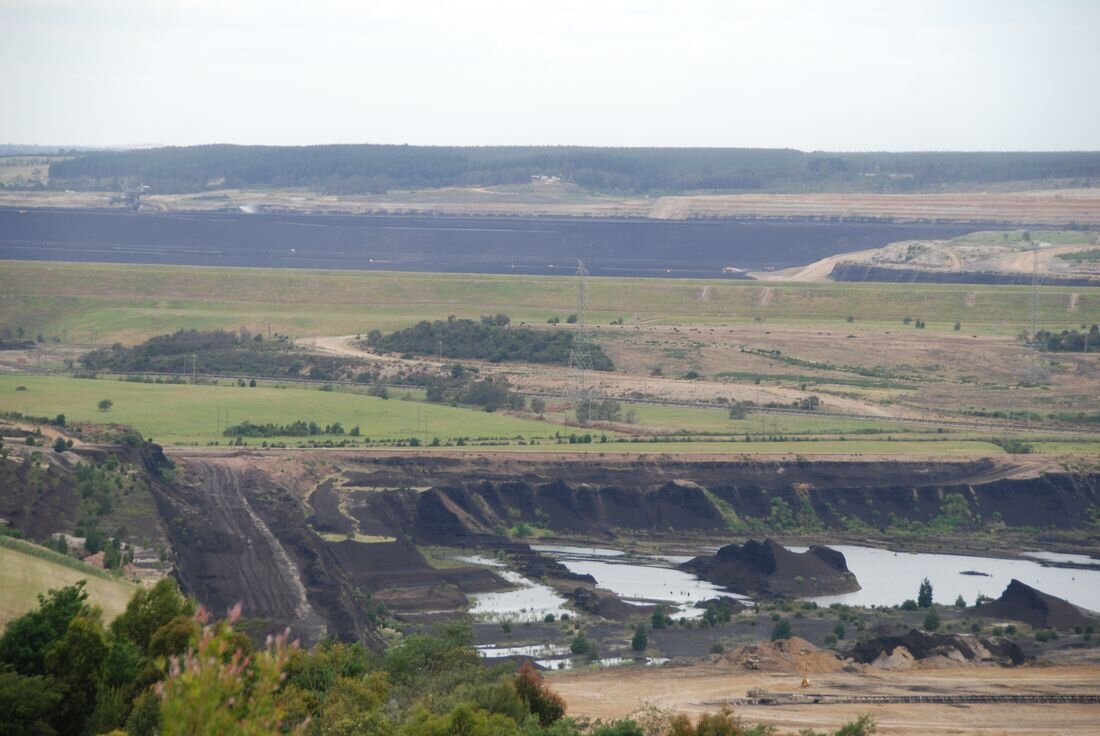









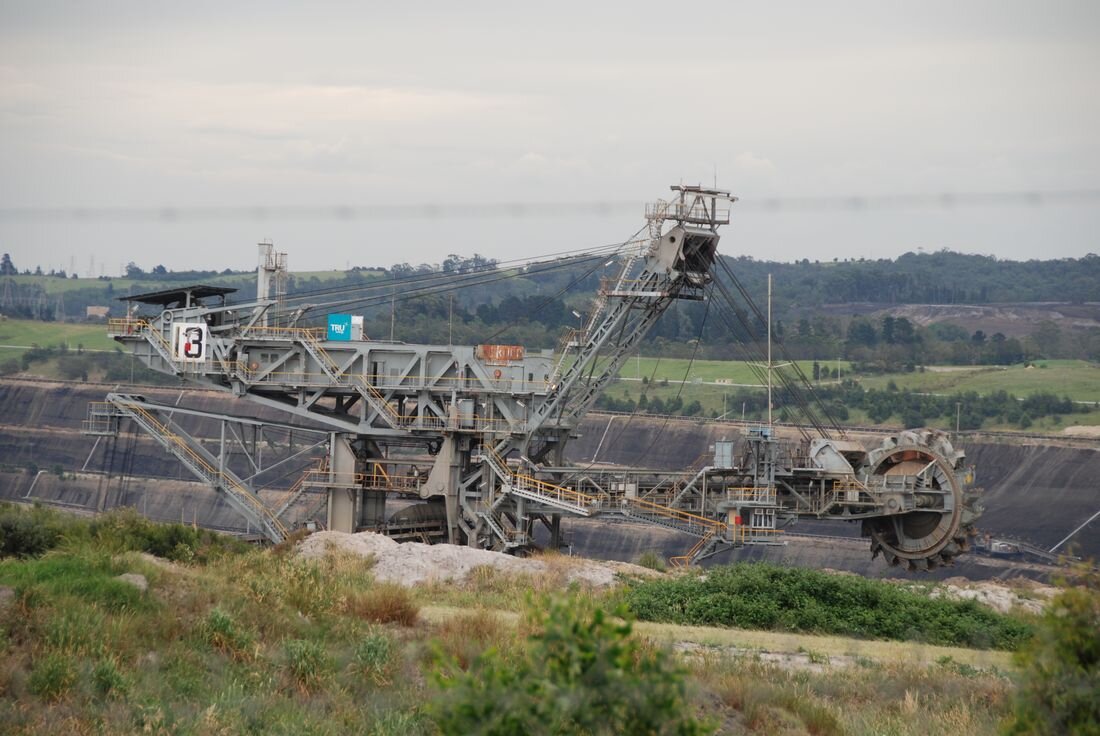
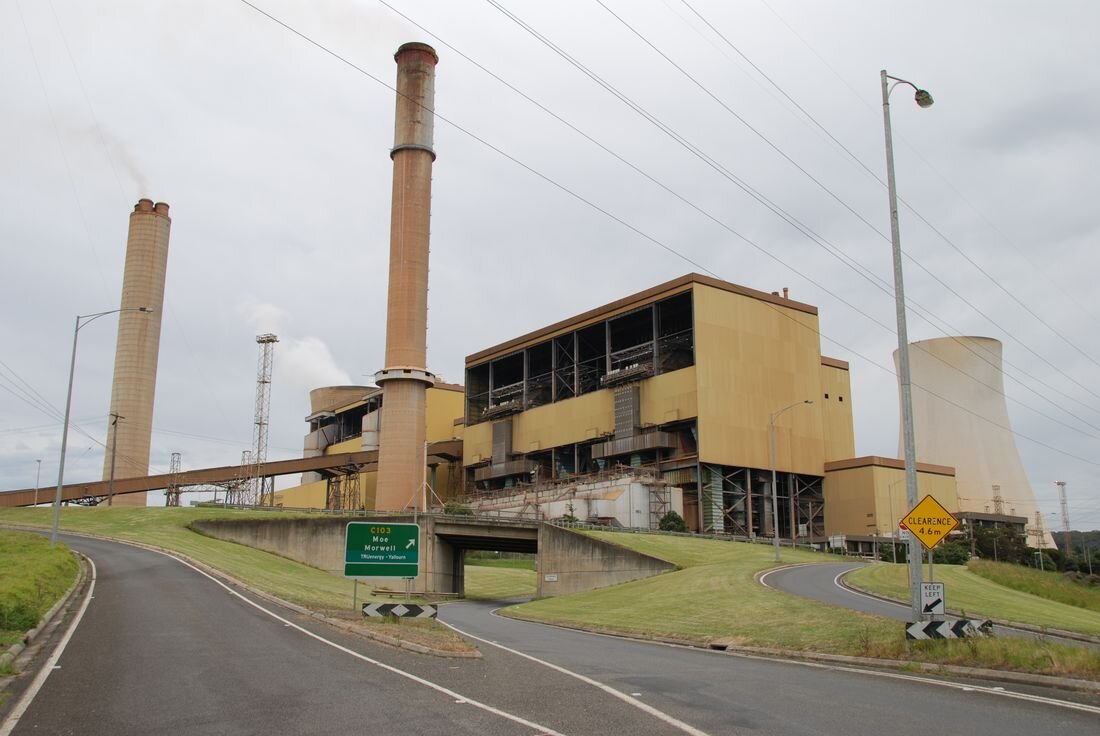
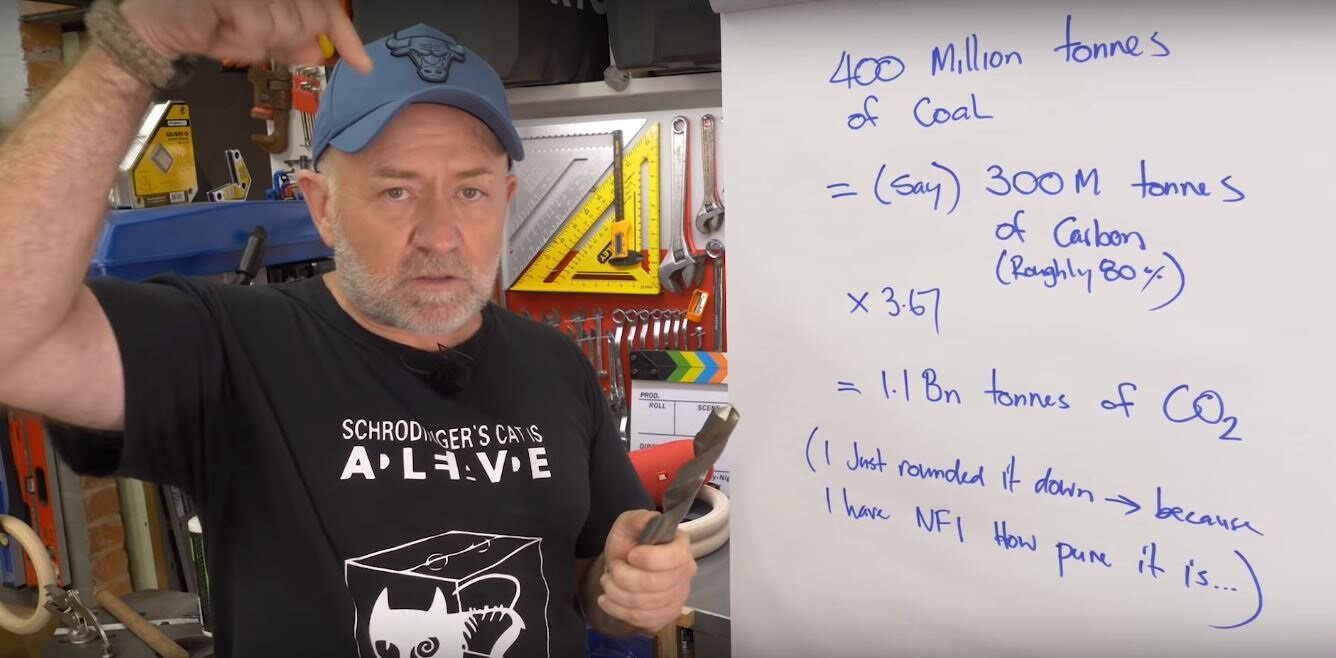





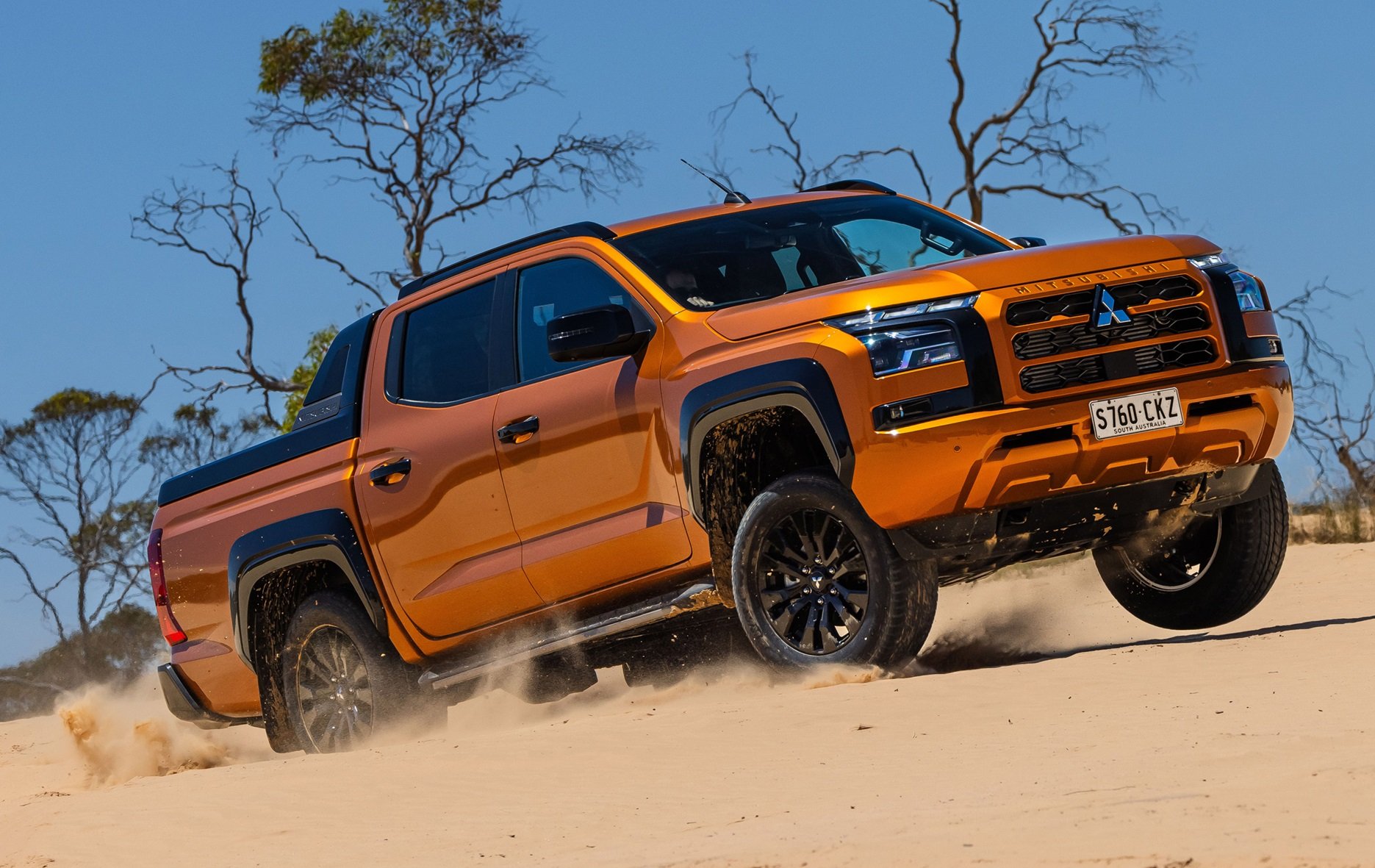


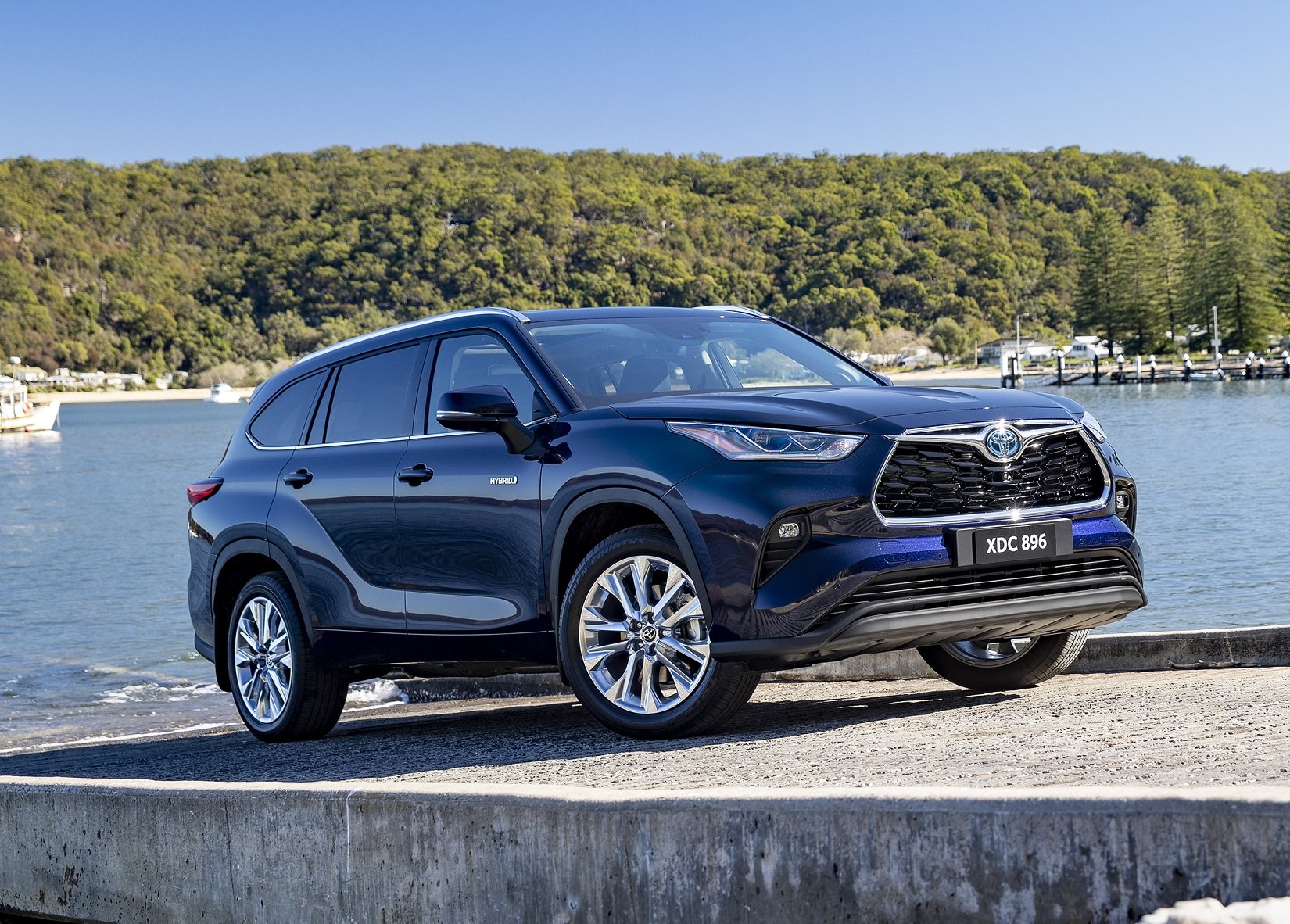




The Ford Ranger is the most popular vehicle in this country because it has grunt, great towing ability, a capable drive system, and a host of clever design features. But there are a couple of negatives to consider before dropping your cash on one.